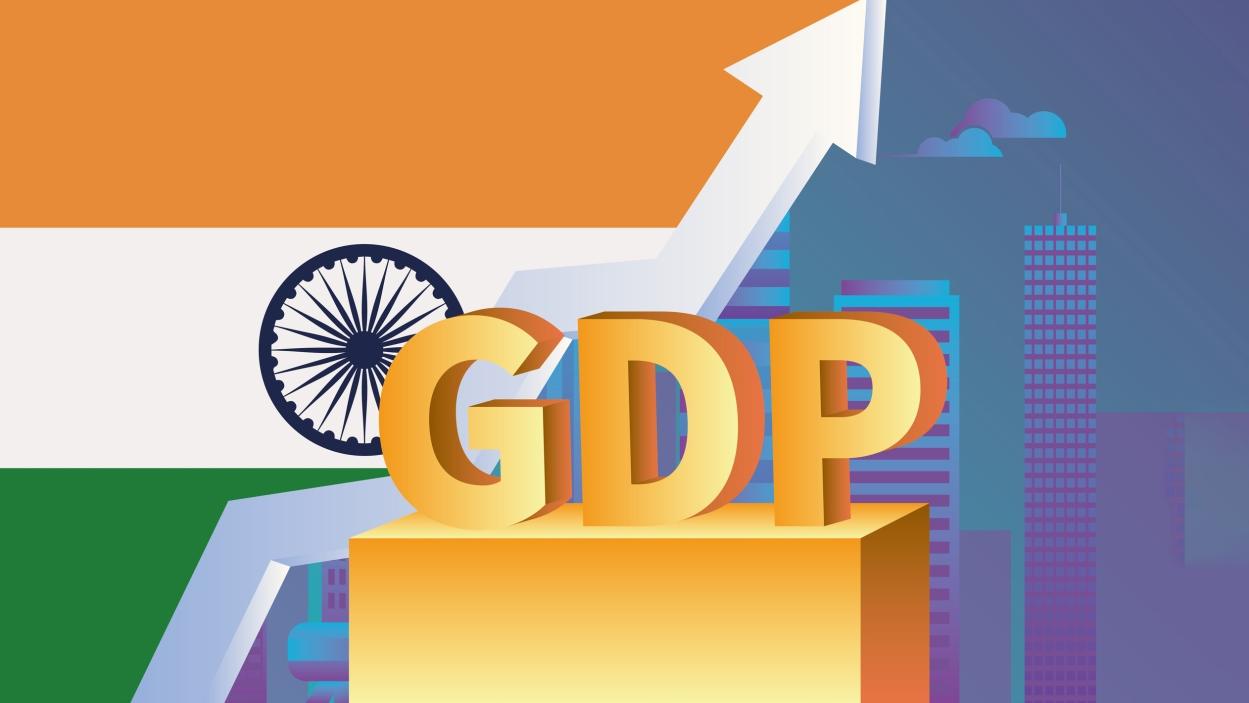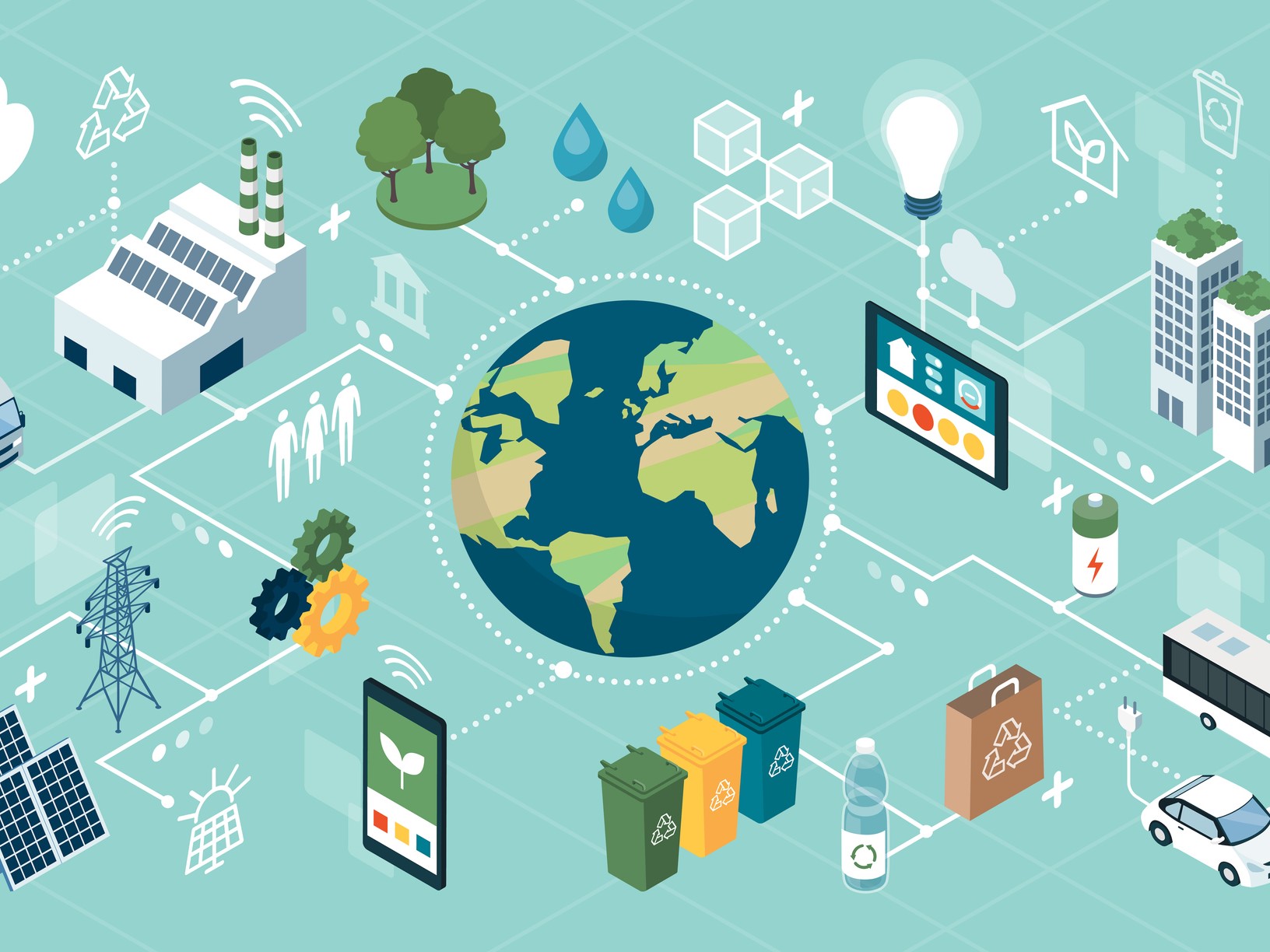PM’s ‘Guarantee’: Third Term Propels Growth, India To Be the Third Largest Economy in 2023

PM’s ‘Guarantee’: Third Term Propels Growth, India To Be the Third Largest Economy in 2023
Ahead of the G20 Leaders’ Summit on September 9–10, PM Modi was revealing a top-notch conference centre at Pragati Maidan.
India will overtake the United States as the third-largest economy, according to Prime Minister Narendra Modi, who on Wednesday unveiled his plans for a third term in office. “We must succeed in our goal of turning India into a developed country within the next 25 years. It is Modi’s assurance, he declared.

In preparation for the G20 Leaders’ Summit on September 9–10, Modi revealed a top-notch conference centre at Pragati Maidan.
His comments were made in the midst of a heated political debate over a resolution of no-confidence in the administration being considered by the Opposition and Parliament due to the ethnic unrest in Manipur.
India’s economy ranked 10th in the world in 2014; however, it is currently the 5th largest. We will be among the top three economies in the world in our third term; I can guarantee you that based on our past performance, Modi asserted with full assurance.
The prime minister said the nation was undoubtedly on its way to eradicating poverty, citing a recent Niti Aayog study that claimed 135 million people were pulled out of poverty between 2015–16 and 2019–21.
In the nine years leading up to 2023, the Indian economy grew by more than 87% in US dollar terms. By 2023, the nominal gross domestic product had increased to $3.75 trillion from about $2 trillion in 2014, making it the fifth-largest economy in the world, up from tenth place.

The convention complex, dubbed “Bharat Mandapam,” was constructed at a reported cost of Rs 2,700 crore and is one of the largest and most advanced in the world.
“I tell my fellow citizens that from this point forward, India’s growth will go even more quickly. You will witness the fulfilment of your desires right before your eyes, he said. ” In India, there has been a revolution in new building and renovation, with infrastructure spending totaling Rs 34 trillion over the past nine years. The infrastructure has received Rs 10 trillion again this year, said Modi.
Giving statistics on infrastructure development, the prime minister noted that 40,000 km of railway tracks had been electrified in the last nine years, compared to 2,000 km over the preceding 70 years.
Prior to 2014, just 600 metres of metro rail were installed per month; currently, 6 km are installed each month. Rural roads are now 725,000 km longer than they were in 2014 (400,000 km). There are now 150 airports, up from 70 previously, and city gas distribution has been increased to 600 towns and cities, up from 60 previously.
Even foreign organisations’ findings, according to him, indicate that India is on the verge of eradicating severe poverty. He gave the government’s actions and policies during the last nine years credit for this. According to the prime minister, the government is looking for long-term answers to the issues and is making plans to ensure that the new infrastructure gets the backing it needs to be used to its full potential.

The Greater Noida International Airport and the extension of the Delhi Airport will complement the International Exhibition and Convention Centre (IECC). Delhi will soon be home to the largest museum in the world, Yugeen Bharat, and the tourism sector in Delhi and the National Capital Region has grown significantly.
According to Modi, “this showed a planned approach to creating an entire ecosystem for conference tourism.” In order to become a developed nation, “we must think big.”
He said that India is home to the largest solar-wind park in the world, the tallest rail bridge in the world, the longest tunnel, the highest motorable road, the largest cricket stadium, the tallest statue in the world, and the second-largest railway bridge in Asia.
The G-20 leaders’ Summit in September will be the IECC’s first significant gathering. Modi also issued two commemorative coins in the denominations of 75 and 100 to celebrate the event.
The facility opened on Wednesday will be one of the biggest MICE (Meetings, Incentives, Conferences, and Exhibitions) destinations in the world, with a campus size of over 123 acres. A 3,000-seat amphitheatre will be located next to the conference facility, which can accommodate 7,000 people in total.

The prime minister said that “Bharat Mandapam” will serve as a stage for showing the ability of the nation’s entrepreneurs, as a venue for seeing performers and artists perform, and as a venue for showcasing the work of handicraft craftsmen.
In a recent proclamation that has stirred the global economic landscape, the Prime Minister of India, addressing a joint session of Parliament, confidently stated, “India will be the third-largest economy by the end of 2023”.
This bold forecast comes on the back of a series of structural reforms and a pragmatic policy framework laid out during his first two terms. If realised, India will have surpassed several advanced economies to secure its position on the global economic podium.

The PM’s ambitious vision has been supported by the steady and rapid economic growth that India has exhibited over the past decade. The average annual GDP growth rate during his first two terms exceeded 7%, significantly higher than most developed nations. The World Bank and International Monetary Fund (IMF) have both consistently noted India’s impressive economic resilience and potential.
The government’s aggressive push towards digitization, fostering an entrepreneurial culture, liberalising foreign direct investment (FDI) policies, initiating robust infrastructure projects, and implementing a comprehensive Goods and Services Tax (GST) were all catalysts that set the stage for this projected rise. The efforts to curb corruption, focus on renewable energy, and position India as a global manufacturing hub also contributed significantly to this growth trajectory.
Entering the third term, the PM’s strategy seems to pivot around three central themes: sustaining high economic growth, boosting domestic manufacturing, and expanding international trade relations.
The ‘Make in India’ initiative, launched during his first term, is expected to receive renewed impetus. The goal is to transform India into a global manufacturing powerhouse, thereby creating millions of jobs and driving economic growth. The push towards self-reliance (‘Aatmanirbhar Bharat’) also seems to be at the core of the growth strategy.

To sustain high growth, the PM highlighted that his government would continue to work on further improving the ease of doing business, pushing for more comprehensive economic reforms, and focusing on education and skills development. The PM also emphasised the importance of India’s youthful demographic dividend and how the government plans to tap into this valuable resource.
Moreover, his government aims to expand international trade relations and export potential. They plan to negotiate beneficial trade agreements and foster economic diplomacy, making India an attractive trade partner for countries worldwide.
While the PM’s statement has created a wave of optimism, the road to becoming the third-largest economy will not be without its challenges. Economists point out that the COVID-19 pandemic’s long-term effects, global economic uncertainties, climate change issues, and regional security concerns could pose potential threats to India’s economic growth.
The IMF, while noting India’s impressive recovery, has also highlighted the need for further structural reforms and improvements in governance, the business environment, and human capital to sustain high economic growth.
The World Bank has urged India to focus on enhancing the quality of education, addressing environmental concerns, and improving health infrastructure to build a robust economy that is inclusive and sustainable.
The PM’s assurance of India becoming the third-largest economy by 2023 is no small feat. If the vision turns into reality, it would mark a historic moment, establishing India as a global economic powerhouse.
To accomplish this, the government must confront the challenges that lie ahead head-on and ensure the effective execution of their outlined strategy. The world watches in anticipation, and India stands at the threshold of a defining era. The road to the third-largest economy will be steep, but with a comprehensive, multi-faceted approach, India is poised to scale new economic heights.




